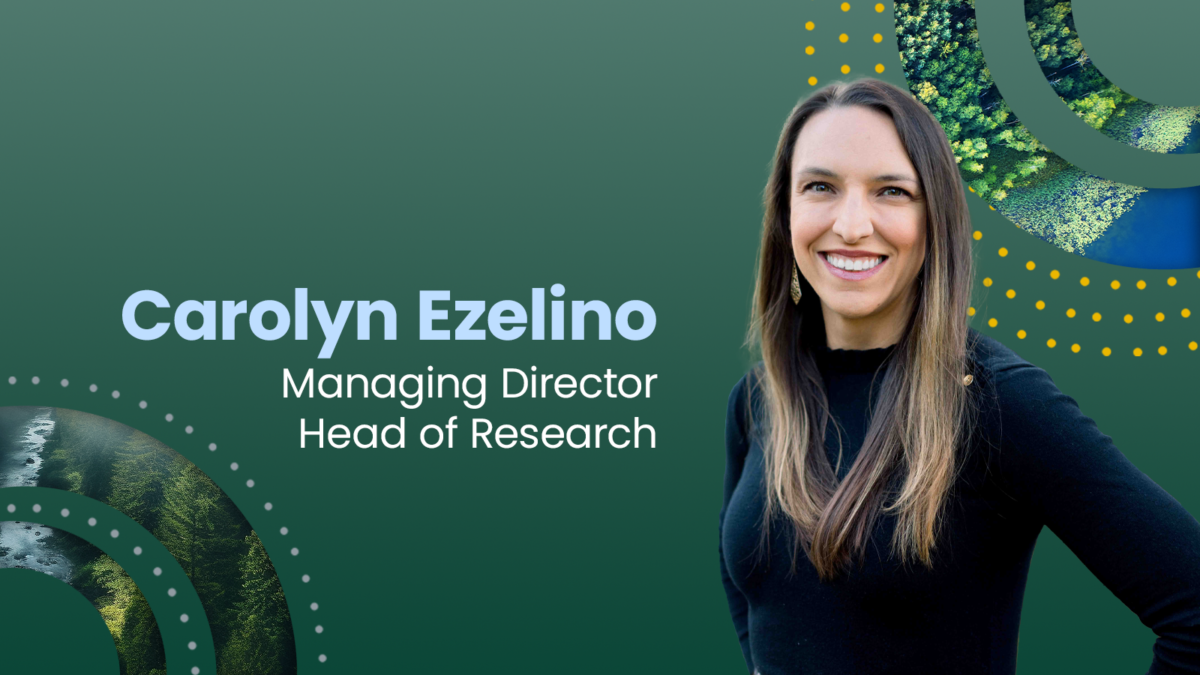Pensions & Investments, By Arleen Jacobius
May 26, 2014
Urban investing — real estate investments made in densely populated, ethnically diverse communities — is making a comeback, but under new names such as impact, millennial or hipster investing.
While many of the urban strategies of the past concentrated on apartments — specifically low- to middle-income housing — the latest version involves downtown properties near public transportation, as well as health clinics, senior housing and schools in underserved communities.
Still, managers are acutely aware that many of these investments have the side benefit of social good.
Among real estate investment managers involved in impact investing are relatively new firms including Turner Impact Capital LLC and Arc Capital Partners LLC — both based in Los Angeles and both spun out of real estate firm Canyon Capital Realty Advisors LLC — and Sonen Capital LLC, a San Francisco-based funds-of-funds firm.
Longstanding real estate managers such as Jones Lang LaSalle, J.P. Morgan Asset Management (JPM), Prudential Real Estate Investors and CIM Group also are making these investments. Canyon Capital plans to raise a fourth urban real estate investment fund, a series of joint ventures between Canyon the firm and Earvin “Magic” Johnson.
Before the economic downturn, a number of investors jumped into urban real estate investing. Many lost their shirts and faded from view, including MacFarlane Partners and UrbanAmerica LP.
When these managers raised their funds, mostly in 2007 and 2008, they called them double-bottom-line and triple-bottom-line strategies that focused on job and wealth creation, community revitalization and smart growth (concentrating in transit-rich urban areas) in addition to top risk-adjusted returns, said Peter Rogers, investment consultant in the New York office of Towers Watson Investment Services Inc.
“They were really targeting low- to (middle-) income neighborhoods. There were a number of funds raised that were solely focused on that,” Mr. Rogers said. “Today, it’s not marketed as an urban revitalization strategy.”
Rather, real estate managers are focusing on the broader theme of urbanization — with corporations moving to urban locations from the suburbs — and the millennial generation (ages roughly from 25 to 42) preferring to rent and live in cities, Mr. Rogers said.
“Everybody is focused on the (urbanization) theme. They are focused on smart growth but they don’t call it smart growth. Instead, multifamily investors are making sure the properties are near a transit line,” Mr. Rogers explained.
Institutional investors in Europe and Asia, including the 4.921 trillion kroner ($811.5 billion) Government Pension Fund Global; Singapore’s S$215 billion (US$172 billion) Temasek Holdings; and Australia’s A$4.2billion ($3.88 billion) Local Government Superannuation Scheme already have allocations to impact investing. The Norwegian sovereign wealth fund not only is investing in impact real estate at home, but also just started making similar investments in the U.K.
Netherlands lead way
Institutional investors in the Netherlands have been investing in social housing for some time, said Peter Hobbs, managing director of IPD Group Ltd., London, the real estate subsidiary of MSCI Ltd.
Social housing — properties that are government subsidized and supported, but not government owned — is growing globally, Mr. Hobbs added. “We are finding institutional investors investing in this sector of the market. It balances their desire for return and social good.”
These are large markets, with IPD estimating social housing in the Netherlands at around $200 million, Mr. Hobbs said. “The scale of the market in that (relatively small) country illustrates its potentially large scale globally,” he added.
More recently, pension plans in the U.K. have been making these investments, Mr. Hobbs said.
U.S. investors, even those that had uneven experiences with urban investing in the past — including the University of Michigan endowment, which has a $9.5 billion long-term portfolio, and the $289.6 billionCalifornia Public Employees’ Retirement System — are giving the strategy another look.
University of Michigan is an investor in Turner-Agassi Charter School Facilities Fund, which invests in charter schools in U.S. markets. CalPERS made close to a $1 billion in commitments to urban revitalization in the past, including a $500 million commitment as part of the California Initiative Program. CalPERS is also an investor in the Canyon-Johnson funds.
And earlier this year, CalPERS committed $200 million to Pacific Urban Residential, which invests in apartments in big cities and focuses on sustainability for older apartments. CalPERS also committed $200 million, with possibility of an additional commitment by 2015, in a joint venture with Canyon Capital for urban real estate.
Bobby Turner, founder of Turner Impact Capital in Santa Monica, Calif., believes the opportunity set is in the trillions of dollars.
“These are issues (environmental, educational, workforce housing) that had been dealt with by the government or philanthropy,” he said, but the size of the need is so large that there is room for private investment dollars. “The U.S. is behind other nations in investing in impact investing, which I like to call profits with a purpose,” Mr. Turner said. Turner Impact has $210.7 million in assets under management, and Mr. Turner has dedicated his 5-month-old firm to impact investing.
Perella Weinberg Partners is developing a social impact specialty within its outsourced CIO business, called Agility, said Eric Haskel, Denver-based managing director and portfolio manager at Agility. Mr. Haskel heads a social impact investing initiative, including urban real estate investments.
Agility oversees the $800 million Rockefeller Brothers Fund, a New York-based foundation, which has committed to making impact investing a core part of its investment strategy, Mr. Haskel said.
Few proven managers
Although there is demand for these investments, especially from university endowments and foundations, there aren’t many proven managers, he said. “Allocating money to impact investing is relatively easy, but finding impact investments that meet the traditional risk/return requirements of institutional investors is still challenged.”
Joseph Azelby, head of J.P. Morgan Asset Management (JPM)’s global real assets group, New York, agreed urban investing is back and has become more encompassing. His firm is capturing the urbanization trend throughout its portfolios — core, value-added and separate accounts.
Much of the investments are multiuse with apartments on the top and retail down below, he said. “On the right streets, the retail could be worth a fortune,” Mr. Azelby said. “We’ve had success in an asset (property) in SoHo on Houston Street (in Manhattan) with rentals up top (and) Whole Foods on the ground floor and it really works.”
Many real estate investment managers say there is profit to be made, especially with cities offering entitlement bonuses that allow managers to build more units per square foot of land, thereby bringing their costs down. In exchange, developers set aside 10% to 20% of the project for affordable or subsidized housing.
In its second-quarter real estate report released May 20, Met Life Real Estate Investors said “apartments and offices located in markets that have a concentration of highly skilled workers, particularly in urban areas, will tend to generate long-term sustainable net operating income growth.”
This promise of returns is making investors pay attention to the sector once again.
Firms like Canyon have earned double-digit returns, which look good to investors even though such funds never did reach the 30% internal rate of return most thought they would reap in 2007.
Jonathan Roth, president of Canyon Realty in Los Angeles, said his firm continues to focus on urban investing. Canyon Capital’s real estate business has $1 billion invested in urban real estate across its strategies, both equity and debt.
“It will be a trend for a long time. … Job growth is in the city centers,” Mr. Roth said.
Arc Capital just received a cash infusion from alternative investment firm Columbia Pacific Capital Management, Seattle, which will own a stake in the firm and be a limited partner in future funds, said Neville Rhone, managing partner at Arc Capital.
See the full article on Pensions & Investments.


